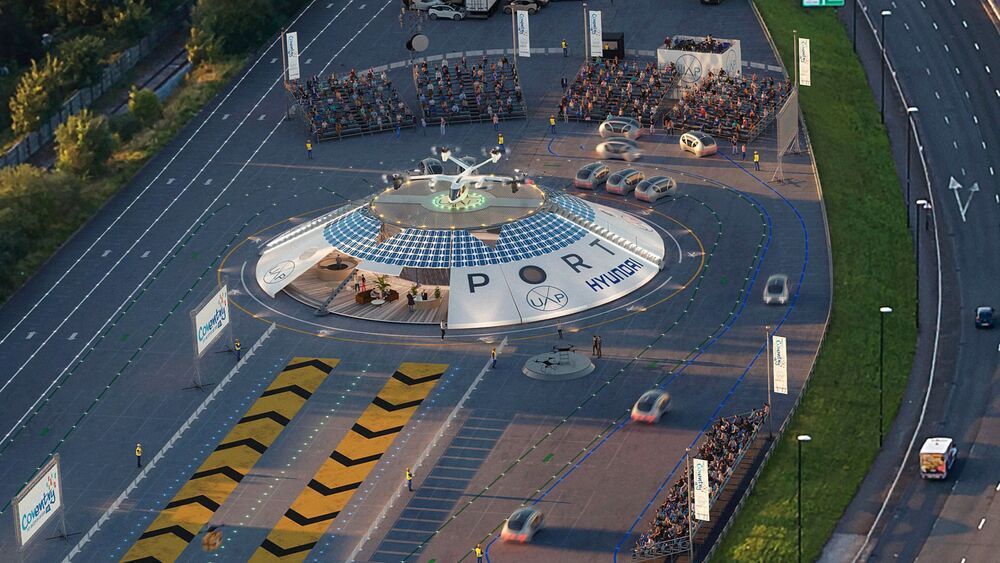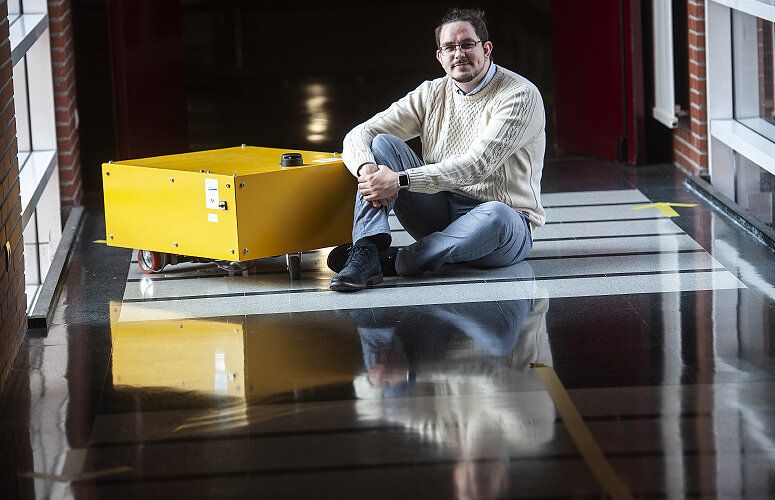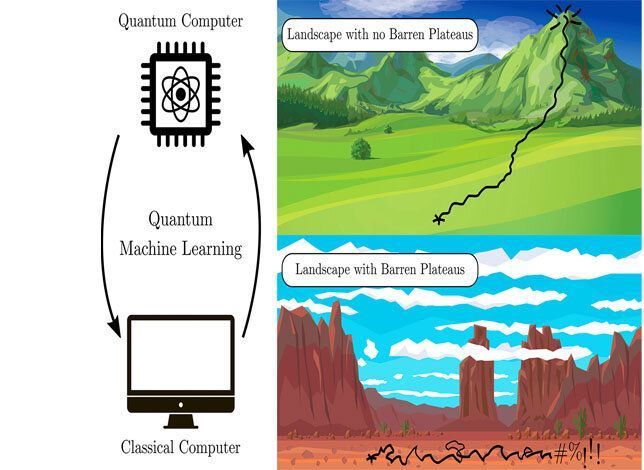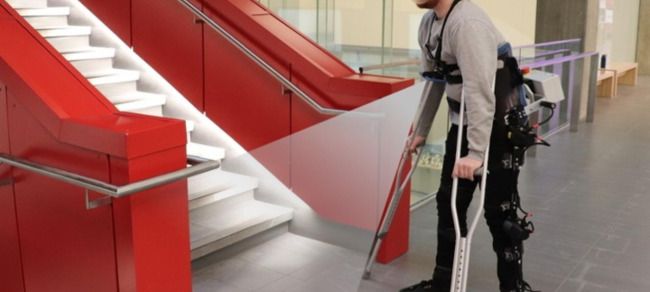As artificial intelligence models grow larger and consume more energy, experts have begun to worry about their impact on Earth’s climate.



Urban Air Port has chosen to build its first Air-One transport hub for autonomous delivery drones and electric flying cars next to the Ricoh Arena in Coventry, UK. The futuristic facility will launch later this year. It will support delivery drone and air taxi technology and eventually transport cargo and people across cities.

Research papers come out far too rapidly for anyone to read them all, especially in the field of machine learning, which now affects (and produces papers in) practically every industry and company. This column aims to collect some of the most relevant recent discoveries and papers — particularly in but not limited to artificial intelligence — and explain why they matter.
This week brings a few unusual applications of or developments in machine learning, as well as a particularly unusual rejection of the method for pandemic-related analysis.
One hardly expects to find machine learning in the domain of government regulation, if only because one assumes federal regulators are hopelessly behind the times when it comes to this sort of thing. So it may surprise you that the U.S. Environmental Protection Agency has partnered with researchers at Stanford to algorithmically root out violators of environmental rules.

This is all thanks to automation and robotics, which is bringing in the age of unmanned warfare — towards a world where men won’t sacrifice their lives on the battlefield. And that’s why, a Singapore-based aviation company has unveiled the world’s first supersonic unmanned aircraft.
Reported first by DailyMail, this UAV drone (which has been named ‘Arrow’) is developed by Singapore-based Kelley Aerospace. The aircraft can touch speeds up to Mach 2.1 — more than twice the speed of sound.
The supersonic aircraft is roughly 16.8 tons in weight, but its carbon fibre monocoque design that it possesses helps it to sport strength and stiffness, as per the company’s claims. Its body is also equipped with a reduced radar cross-section and infrared signature to make sure it doesn’t grab the attention of the enemies.

“Ahsan Noor Khan, a PhD student and first author of the study, said: “We’re now looking to investigate how we could use low-cost existing systems, such as Wi-Fi routers, to detect emotions of a large number of people gathered, for instance in an office or work environment.” Among other things, this could be useful for HR departments to assess how new policies introduced in a meeting are being received, regardless of what the recipients might say. Outside of an office, police could use this technology to look for emotional changes in a crowd that might lead to violence.”
Research from the UK and an update from Elon Musk on human trials at his brain interface company show software is now eating the mind.

The Ph.D. thesis by Daniel Teso-Fernández de Betoño of the UPV/EHU Faculty of Engineering in Vitoria-Gasteiz has resulted in a mobile, collaborative platform capable of performing tasks in motion at the Mercedes-Benz plant in the capital of Alava. The research opens up a new field for improving the ergonomics of these workstations and for the robot and human to collaborate by performing tasks together.
The idea of collaborative robotics with autonomous navigation to perform screwdriving tasks in motion emerged at the Mercedes-Benz plant in Vitoria-Gasteiz. To develop his Ph.D. thesis, Daniel Teso-Fernández de Betoño sought to investigate, develop and implement an adequate, efficient technology within the lines of work, and which would cooperate with the workers.
On the Mercedes-Benz final assembly lines, the vast majority of tasks require manual operations. It is also an area where everything is in motion, which means that not all types of people can opt to work in these spaces.

Many machine learning algorithms on quantum computers suffer from the dreaded “barren plateau” of unsolvability, where they run into dead ends on optimization problems. This challenge had been relatively unstudied—until now. Rigorous theoretical work has established theorems that guarantee whether a given machine learning algorithm will work as it scales up on larger computers.
“The work solves a key problem of useability for quantum machine learning. We rigorously proved the conditions under which certain architectures of variational quantum algorithms will or will not have barren plateaus as they are scaled up,” said Marco Cerezo, lead author on the paper published in Nature Communications today by a Los Alamos National Laboratory team. Cerezo is a post doc researching quantum information theory at Los Alamos. “With our theorems, you can guarantee that the architecture will be scalable to quantum computers with a large number of qubits.”
“Usually the approach has been to run an optimization and see if it works, and that was leading to fatigue among researchers in the field,” said Patrick Coles, a coauthor of the study. Establishing mathematical theorems and deriving first principles takes the guesswork out of developing algorithms.


Robotics researchers are developing exoskeleton legs capable of thinking and making control decisions on their own using artificial intelligence called ExoNet
THE PROBLEM
Current generation of exoskeleton legs need to be manually controlled by users via smartphones or joysticks, It has a problem where motors need to change their operating mode manually when they perform a new activity in different terrains.
